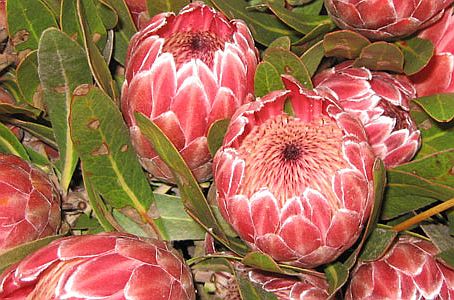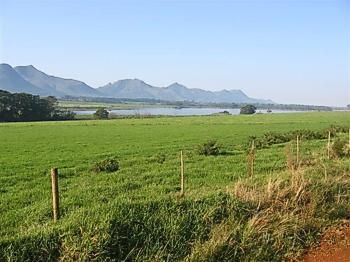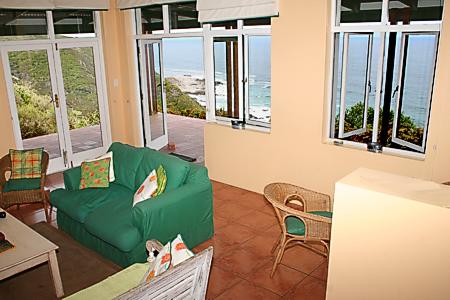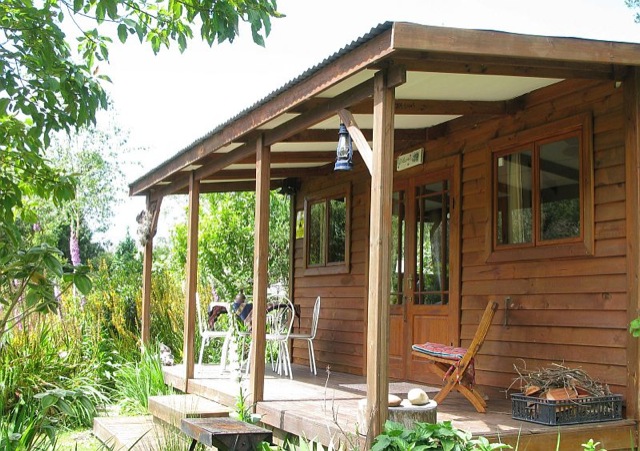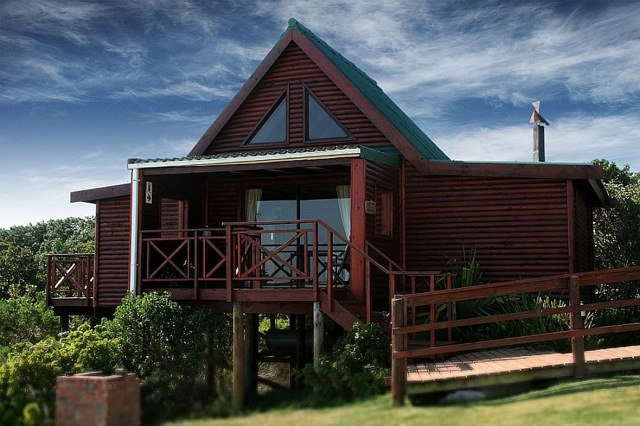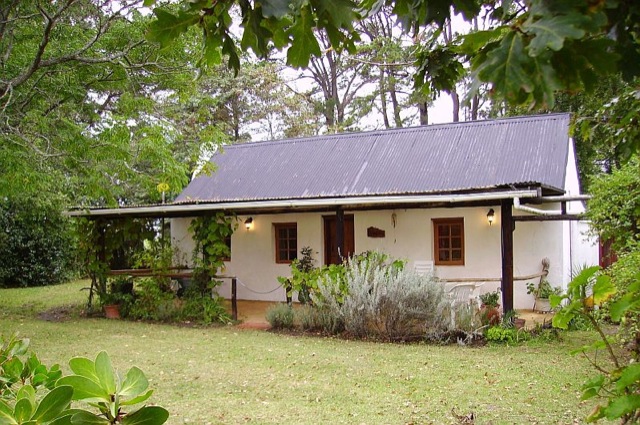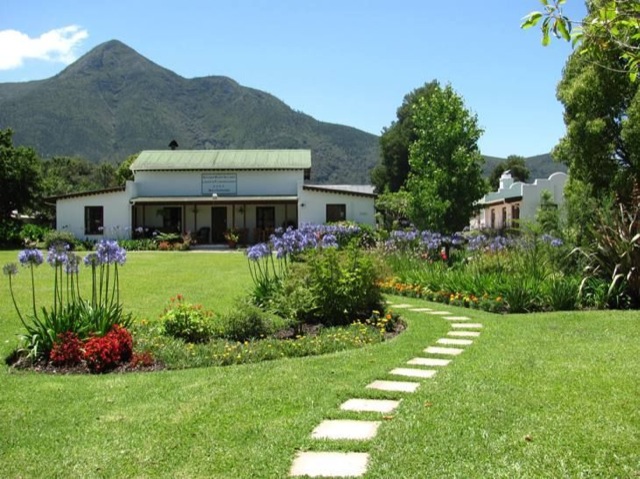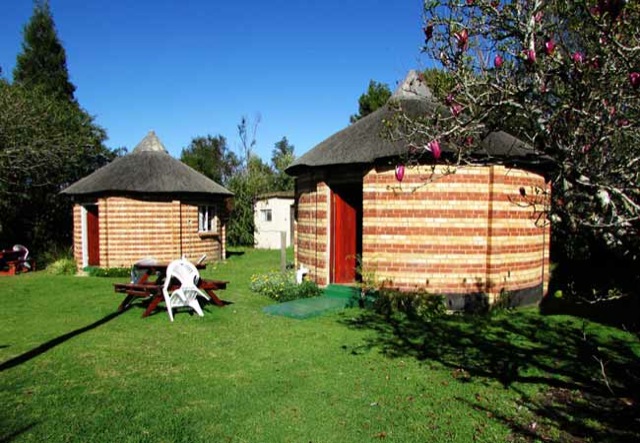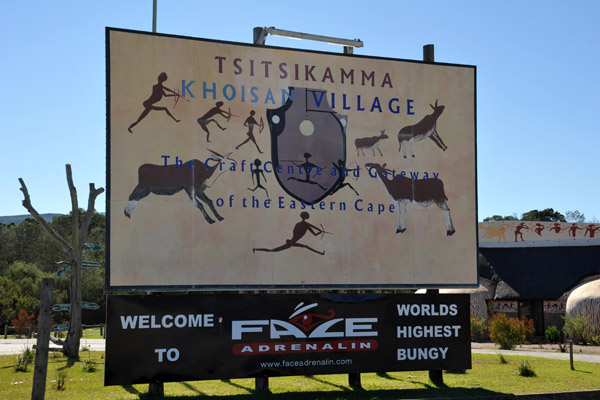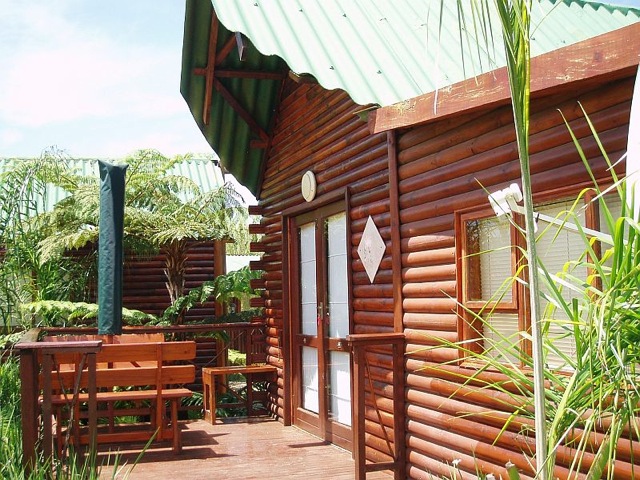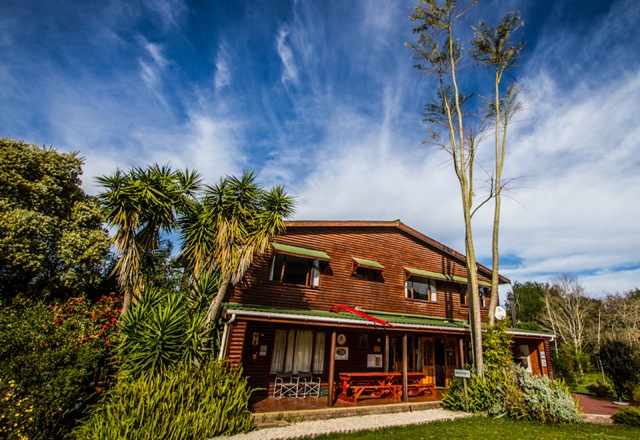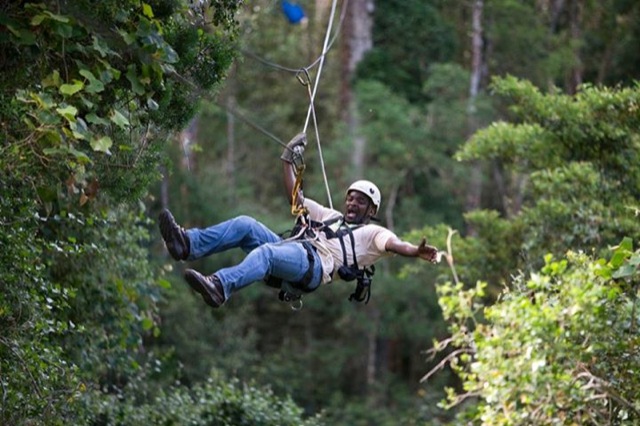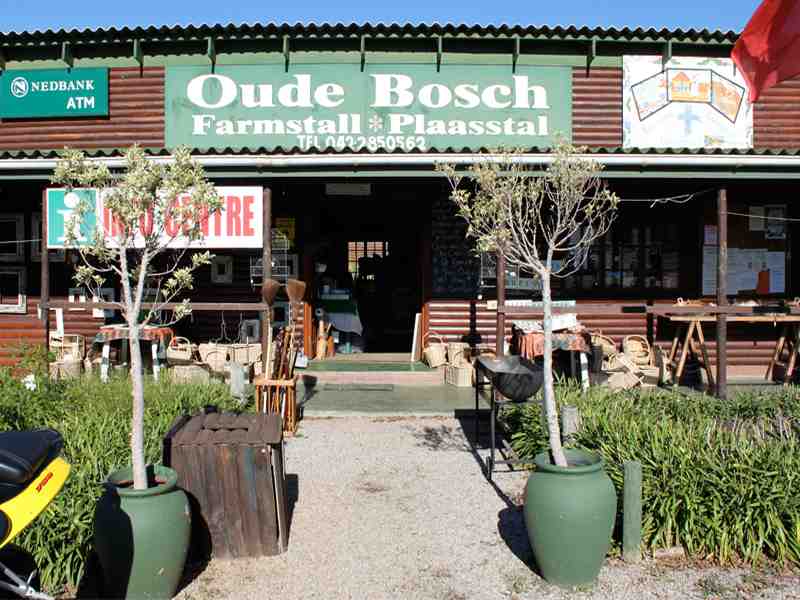The Tsitsikamma Adventure Route is located in the southern part of the Eastern Cape Province. The ancient San people were drawn to the wild and lush beauty of the forested Tsitsikamma region where the Cape fold mountains, carved by steep river gorges, plunge down to a rugged coastline. When visiting the area you quickly realise why it is called the ‘place of the sparkling waters‘. Beautiful indigenous forests are home to century old trees such as Yellowwood, Stinkwood, Hard Pear, Ironwood and Kamass. The area has a number of adventure activities on offer ranging from bungee jumping to tree-top canopy tours and a number of ocean-based activities, making it an ideal family destination.
The Tsitsikamma Mountains stretch across 80km from the Keurbooms River in the west to Kareedouw Pass in the east. The range consists of the highly erosion-resistant Table Mountain sandstone with Formosa Peak forming the highest point of the range at 1675m. The climate is mild with temperatures varying between 10ºC and 25ºC and rainfall of approximately 1,000mm per year. This allows the area to support both fynbos and Afro-montane gallery forest habitats. Occasionally in winter snow will fall on the highest peaks of the range.
Reasons to visit:
The Tsitsikamma National Park, Africa’s oldest National Marine Park, lies to the south of this range. The park is a nature-lovers paradise with many bird and wildlife species, while the marine section provides opportunities to view whales and dolphins. Khoisan rock art and other cultural sites add a touch of history and culture to the Tsitsikamma experience, while walking and hiking trails allow for an intimate experience of the abundant natural features of the area.
A treetop canopy tour provides for a wonderful experience of freedom when flying like a bird from tree to tree over breathtaking waterfalls and gorges, while white water tubing or the World’s Highest Commercial Bungee Jump will keep the even more adventurous adrenalin junkies going. Alternatively, you can walk through the indigenous Tsitsikamma forest to visit the huge Outeniqua Yellowwood trees. The Outeniqua Yellowwood tree, a species of the Afro-montane forest, can reach heights of up to 60m and live for hundreds of years in its natural habitat. The Big Tree is a particular well known specimen in the Wilderness nature reserve.
History buffs will love the heritage sites such as shell middens, rock art and caves, to the remains of fisherman settlements, grave sites and forestry industries.
Walking and Hiking Trails abound in this area, the most famous being the Otter Trail, which begins at the Storms River Mouth in the east and ends 41km later in Nature’s Valley, where overnight stays can be arranged. The Otter Trail takes five days and four nights to complete, with the nights spent in huts located in the Tsitsikamma National Park at selected sites. The trail passes through fynbos, forest and rocky seashore with an abundance of wildflowers. Traversing rivers and beaches are interspersed with steep climbs to superb views on the coastal mountains.
A less well-known and easier trail, although still beautiful, is the Dolphin Trail, which takes two days and three nights to complete and provides comfortable accommodation. No backpack required and the trail is referred to as a ‘slackpacking’ trail. Starting at Storms River Mouth, it works its way through fynbos and indigenous forest to the Sandrift River, 17km away.
Woodcutters Journey follows the old Storms River pass, and will take you through the Tsitsikamma forest to the coast. This route follows a historic elephant trail and passes large tree ferns, stinkwood and yellowwood forests. The biggest Yellowwood in the world is found on this route and is easily accessible to the public due to its position in the forest. Anyone travelling on the N2 can make a short stop at The Big Tree, and meander through the forest on a short walk to see the giant Yellowwood.



